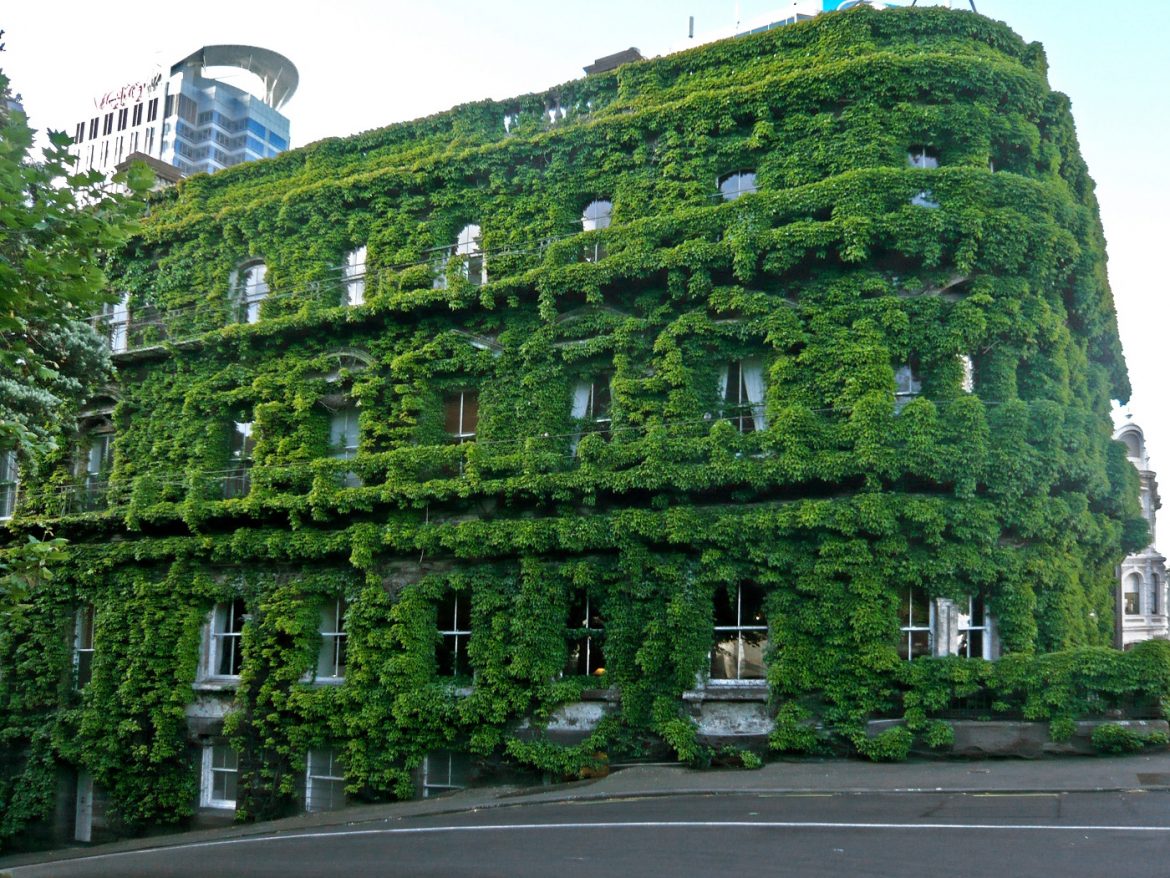
EU chapter
Smartly combining green infrastructure and solar installations can transform Europe’s built environment
Solar panels on a green roof with flowering sedum plants. ID: 1984038584 The European Solar Rooftops Initiative presents a unique opportunity to maximize the impact


